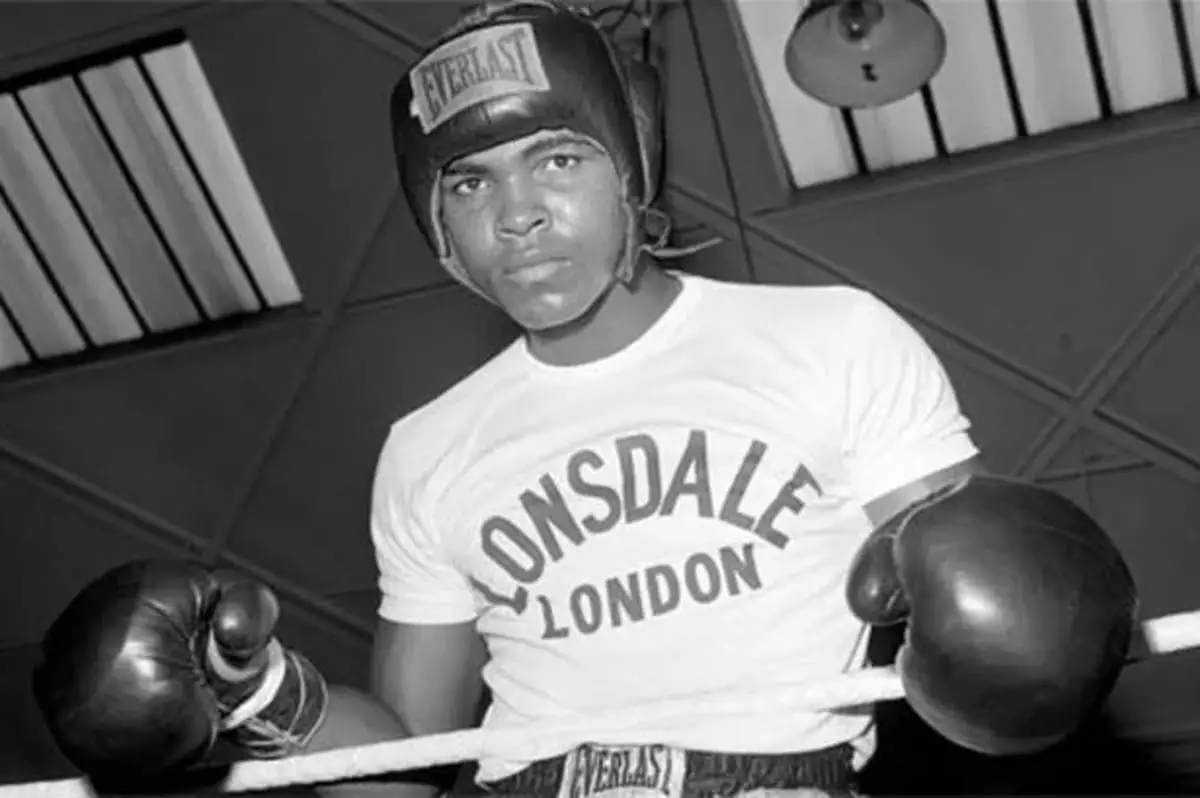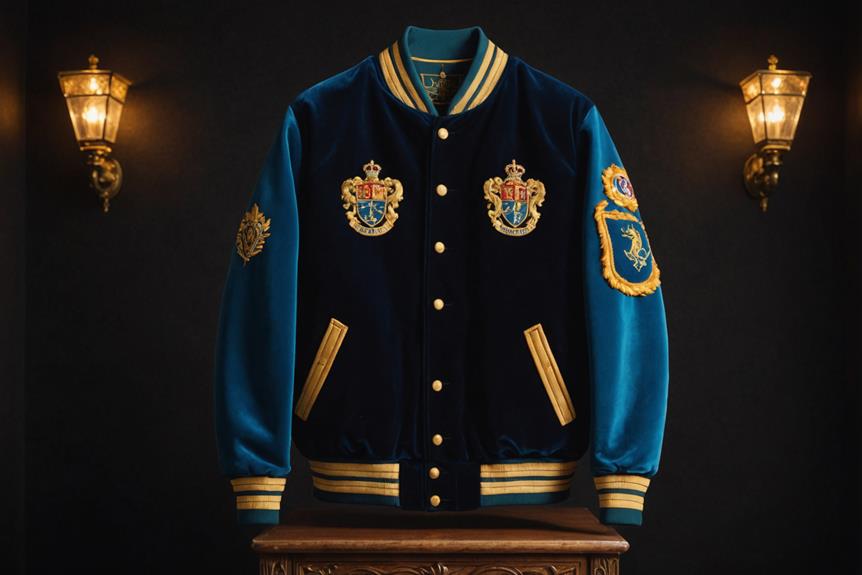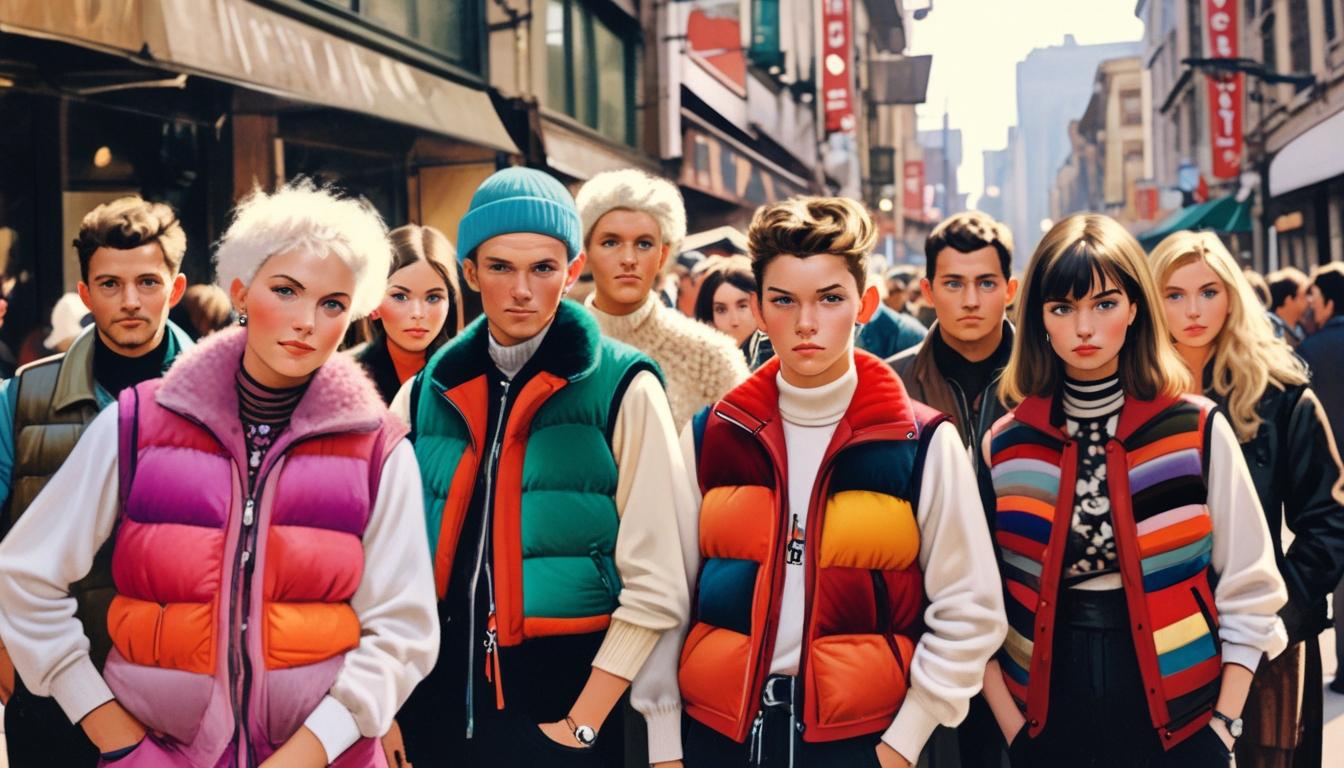Lonsdale, a British sports equipment, textile, and footwear brand, has become an iconic feature in boxing heritage and streetwear appeal since its inception in 1960. Founded by former boxer Bernard Hart, the brand initially focused on boxing equipment but soon expanded into clothing, capturing the spirit and grit of the sport. The brand’s name honors Hugh Lowther, the 5th Earl of Lonsdale, who pioneered organized boxing matches with gloves in the late 19th century. Today, Lonsdale is owned by the Frasers Group, known for its broad portfolio of sports and retail brands.
Over the decades, Lonsdale has grown from a small shop in London’s Soho to an internationally recognized brand. Its location near Carnaby Street in the 1960s positioned Lonsdale at the heart of a cultural revolution, making it a favorite among celebrities like Paul McCartney and Gregory Peck. This association with iconic figures of the era helped cement its status as a staple of popular fashion. By the 1990s, Lonsdale had expanded its reach across Europe and Australia, continuing to evolve its product line to include not only boxing gear but also a wide range of apparel such as t-shirts, hoodies, and jackets.
Lonsdale’s journey through the fashion and sportswear landscape has been marked by significant milestones and challenges. In the early 2000s, the brand faced controversy when it became associated with far-right groups in Europe. This unintended affiliation led to bans in certain schools and communities. However, Lonsdale responded robustly, launching the “Lonsdale Loves All Colours” campaign and sponsoring anti-racist initiatives to reclaim its brand identity and promote inclusivity. These efforts underscored Lonsdale’s commitment to diversity and its stand against racism.
As of today, Lonsdale continues to be a prominent name in both sports and fashion, maintaining its legacy through collaborations and sponsorships with athletes and events. Whether it’s through their boxing equipment or stylish streetwear, Lonsdale remains a brand deeply embedded in both its athletic roots and contemporary culture. Understanding the evolution of Lonsdale’s logo and tags is crucial for vintage enthusiasts, as these elements not only reflect the brand’s history but also help determine the authenticity and era of a piece. This guide will delve into the distinguishing features of Lonsdale’s logos and tags over the years, providing you with the insights needed to identify true vintage pieces.
Lonsdale Boxing Commercial
How to tell if Lonsdale is vintage from the logo
Lonsdale, a brand synonymous with boxing heritage and streetwear appeal, has seen its logo evolve significantly over the decades. Recognizing these changes is essential for determining the vintage of a Lonsdale product. The following guide outlines the key characteristics of Lonsdale logos across different eras.
1960s to 1980s Lonsdale logo
- The original Lonsdale logo prominently features the brand name in a bold, blocky font.
- There is a notable arch in the text, reminiscent of a boxing ring’s corner.
- The design is simple, emphasizing the strength and durability associated with the brand.
- “London” is typically included below the main logo, highlighting the brand’s British roots.
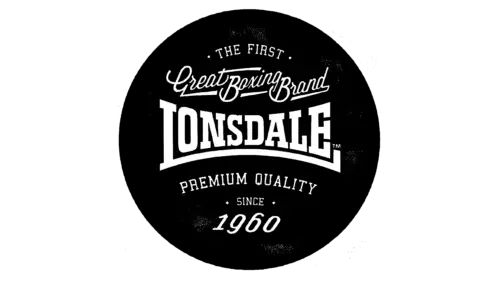
1960s to 1980s Lonsdale logo
1980s to 2022 Lonsdale logo
- This era introduced a more refined logo with a lion emblem above the brand name.
- The lion, symbolizing power and prestige, is depicted in a stylized, almost heraldic manner.
- The text retains its bold, arched style but is slightly more modern in its execution.
- “London” continues to appear below the logo, maintaining consistency with the brand’s identity.
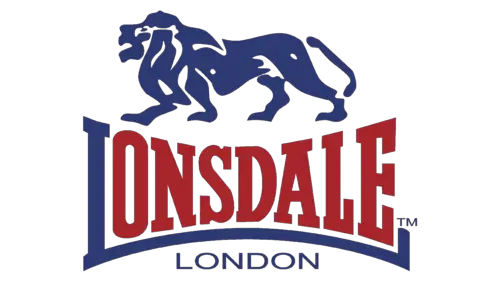
1980s to 2022 Lonsdale logo
2022 to now Lonsdale logo
- The current logo simplifies the design, focusing solely on the bold, arched text of “Lonsdale”.
- The lion emblem is removed, creating a cleaner and more contemporary look.
- The font remains bold and impactful, with slight modifications to its thickness and curvature.
- “London” remains a part of the logo, ensuring a nod to the brand’s heritage.
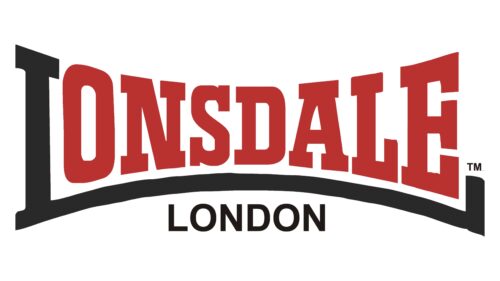
2022 to now Lonsdale logo
How to tell if Lonsdale is vintage from the tags
The evolution of Lonsdale tags reflects the brand’s rich heritage and changes in fashion over the decades. Each era’s tags display distinct features that can help identify the period in which a garment was produced. From bold and colorful designs to more modern and minimalist layouts, the tags provide a timeline of Lonsdale’s branding journey.
Having difficulty identifying vintage tags or labels? Upload a picture on our vintage tag identification page, and we’ll assist you!
1990s vintage Lonsdale tags
- Often features bold colors such as blue and red.
- Includes the iconic Lonsdale logo with the lion.
- Tags are usually rectangular with clear, bold lettering.
- Some tags include size indicators directly below the main logo.
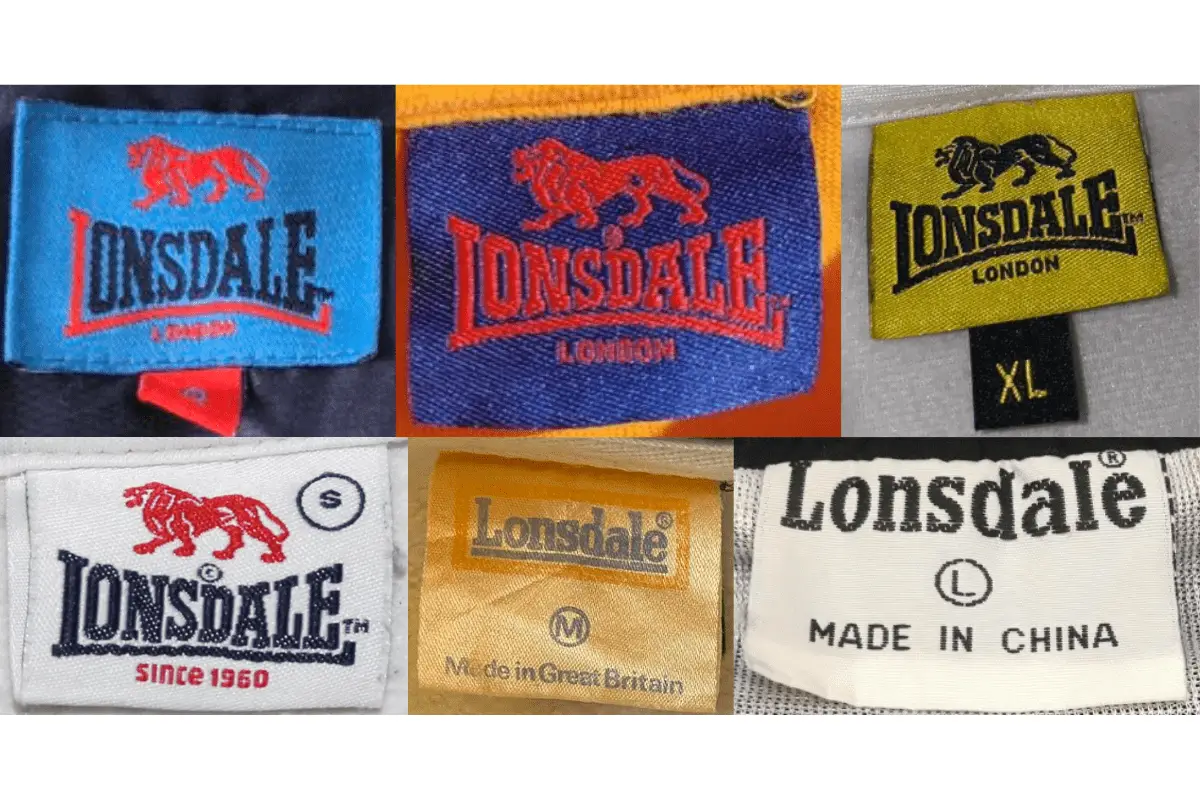
1990s Lonsdale tags
2000s vintage Lonsdale tags
- Introduction of more vibrant colors like yellow and multiple color designs.
- Logo remains consistent with the lion and bold “Lonsdale London” text.
- Rectangular tags often paired with size indicators.
- Occasionally features additional text or branding messages on the tag.
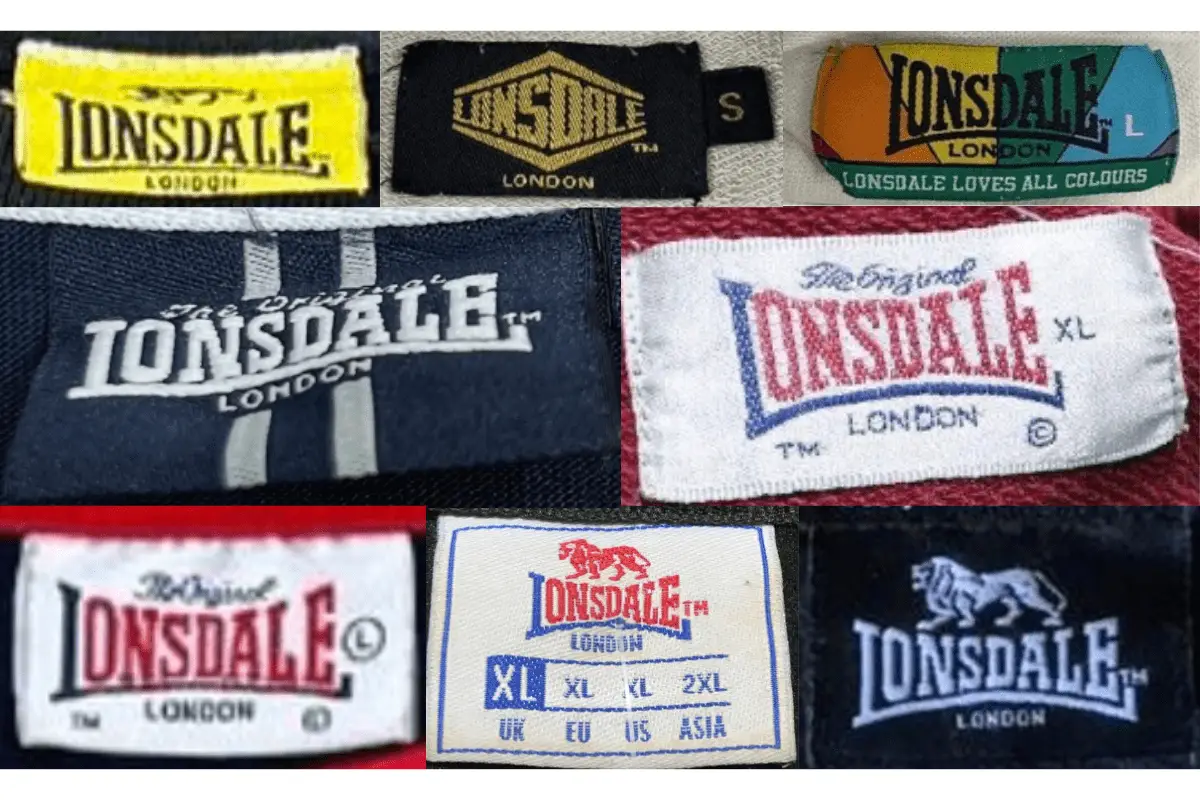
2000s Lonsdale tags
2010s vintage Lonsdale tags
- More modern, sleek design with darker colors like black.
- Maintains the classic logo but incorporates more minimalist layouts.
- Tags often include comprehensive size indicators for different regions.
- Some tags have a more simplistic look, focusing on clarity and readability.
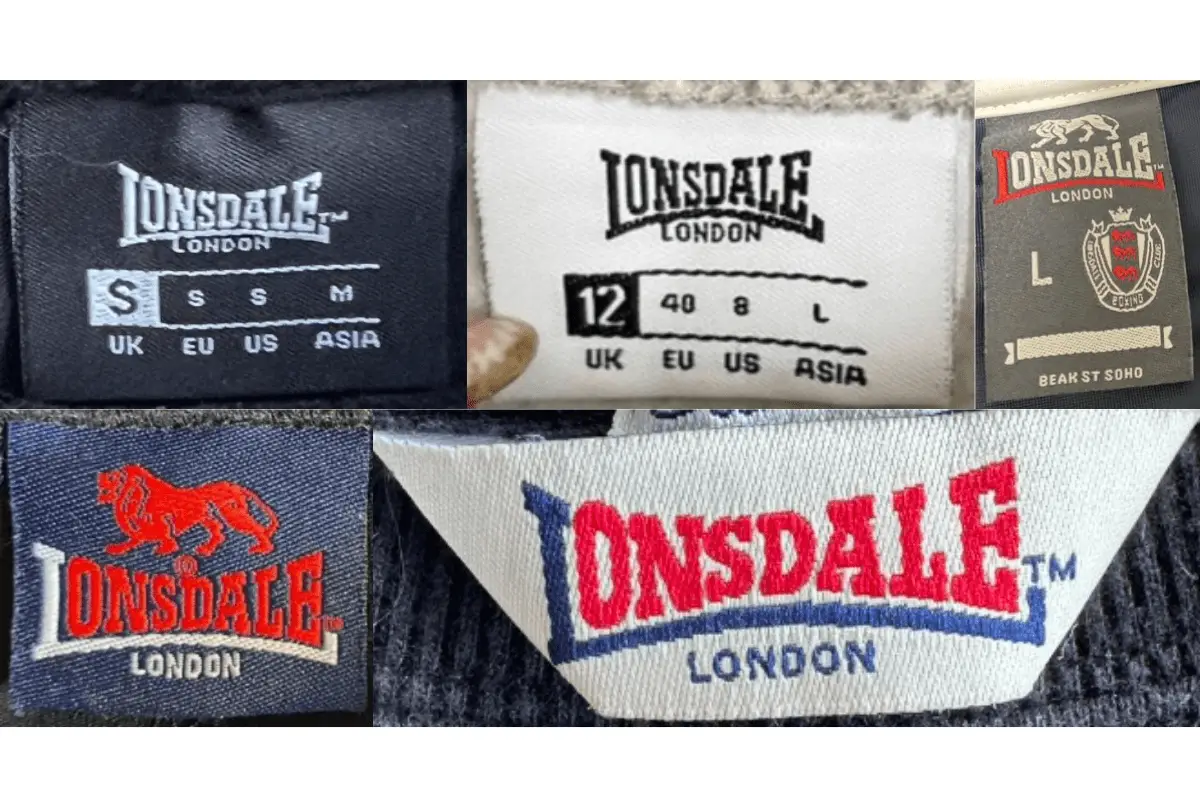
2010s Lonsdale tags
